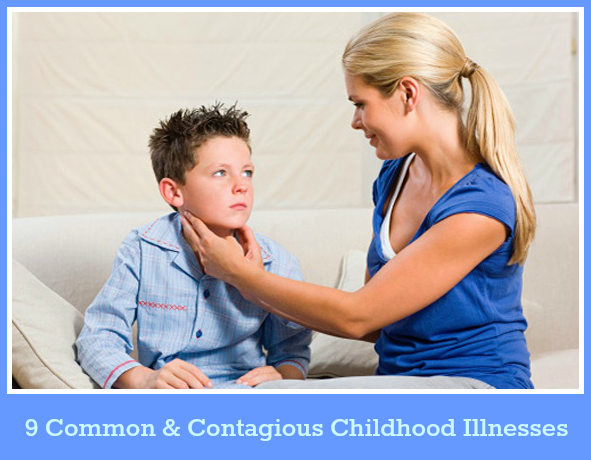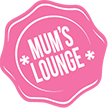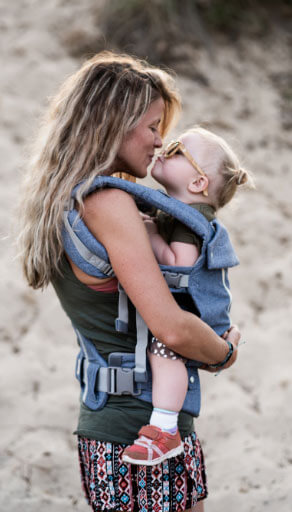9 Common & Contagious Childhood Illnesses You Should Know About

9 Common & Contagious Childhood Illnesses You Should Know About
Sponsored post
Head Lice
Symptoms: Itchy, crawling feeling on the scalp, scratching, presence of live lice and nits (eggs) on the hair shaft close to the scalp, poor sleep.
Treatment: Over the counter medicated shampoo and lotions can be bought from your local Pharmacy, designed to kill the live lice, which should then be combed out with a purpose-designed fine tooth comb. Treatment does not, however kill the nits in the eggs, so is imperative to repeat the treatment between 7 – 10 days later, to ensure that newly hatched nymphs (adolescent lice) are also removed.
Ringworms
Symptoms: A ring-shaped, flat rash on the body caused by a fungus, that becomes gradually larger and spreads. The rash can be either dry and scaly or wet and crusted.
Treatment: Good hygiene is very important. Be sure to dry moist areas well. Ringworm is effectively treated with anti-fungal medications.
Threadworms
Symptoms: Itching around the anus, and possibly also the vagina in girls, particularly at night when the female threadworms are laying eggs. Children can also be irritable and sleep poorly. However, some children do not show any symptoms at all. A persistent infection can cause loss of appetite, weight loss, insomnia and bedwetting.
Treatment: Treatment for worms is simple and effective, and can be purchased in the form of medicated chocolate squares (such as Combantrin) over-the counter at your local Pharmacy.
Scabies
Symptoms: A highly contagious and itchy rash caused by a mite burrowing into the skin. Small, red, itchy blisters or bumps, and clear, fluid filled spots.
Treatment: Your Doctor or Pharmacist will advise you on the best cream or lotion needed for the treatment of scabies.
Hand, Foot and Mouth Disease (also known as Coxsackie Virus)
Symptoms: Fever, lethargy, sore throat, small blisters on the inside of the mouth and tongue, fingers and palms of hands, and soles of the feet. (However, the blisters do cause itching like chickenpox).
Treatment: There is no specific treatment for this virus, and it will resolve in a few days. Offer your child plenty of fluids and rest, and reduce the fever with a suitable paracetamol. Refrain from popping the blisters as the fluid inside is infectious.
School sores (also known as Impetigo)
Symptoms: Often starts with a blister or group of blisters, which can be anywhere on the body, but most often found on the arms, legs, nose and near the mouth. Blisters are usually itchy, and when popped release a yellowish, sticky fluid, which forms a crust.
Treatment: Cutting your child’s nails to prevent excessive scratching of the sores will spread up the healing process and prevent it spreading further across their skin. Dress sores in a watertight dressing, and change the child’s bed linen, face-washer, towel etc daily until the sores have cleared up.
Your Doctor may also prescribe antibiotics.
Slap Cheek (Fifths Disease)
Symptoms: Fever, headache, upset stomach, aches and pains, bright red rash on the cheeks (which looks as though the child has been slapped), may or may not be accompanied by a rash on the chest, back, arms or legs which looks like a pink lace pattern on the skin.
Treatment: Slap Cheek is caused by the human parvovirus B19, making antibiotics useless to treat it.
Conjunctivitis (also known as Pinkeye)
Symptoms: Inflammation (swelling/redness) of the conjunctiva (the thin transparent tissue that covers the outer surface of the eye), Excessive watering of the eye, and an itching sensation. There can also be a yellow discharge, which can glue the eyes together over night.
Treatment: Treatment for Conjunctivitis can depend on whether the cause if viral, bacterial or an allergen, so it is important to see your GP to determine which it is.
Rotavirus / Gastro
Symptoms: Vomiting, sudden onset of diarrhoea, fever, drowsiness, dehydration.
Treatment: Oral rehydration solution to replace lost fluids. Ibuprofen for the fever. Plenty of rest.
Severe dehydration may require medical attention.
How many of the above common and contagious childhood illnesses has your family encountered?
This information is not a substitute for professional medical care by a qualified doctor or other health care professional. ALWAYS check with your doctor if you have any concerns about your child’s condition or treatment.










